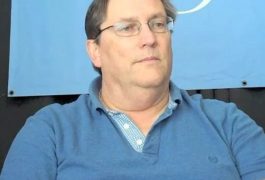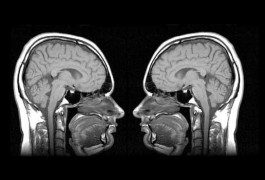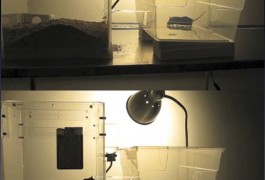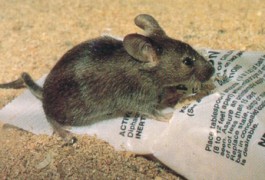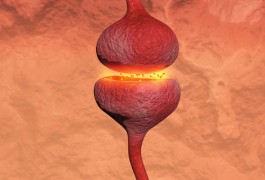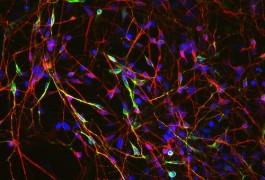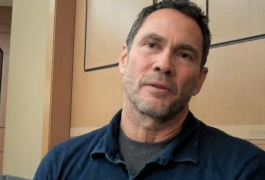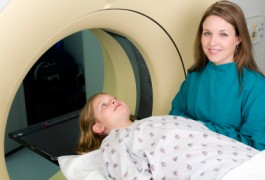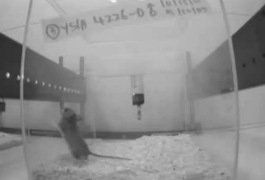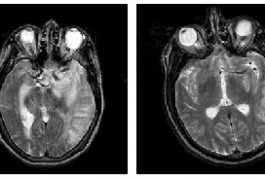Video: Secrets of the brain at rest
Brain imaging experiments often require the participant to perform tasks while lying inside a brain scanner for up to an hour — not a pleasant experience for anyone, let alone a child with autism. Saturday afternoon at the Society for Neuroscience annual meeting in San Diego, Steve Petersen described ‘resting state’ imaging, in which participants lie in the scanner for just five to ten minutes.







